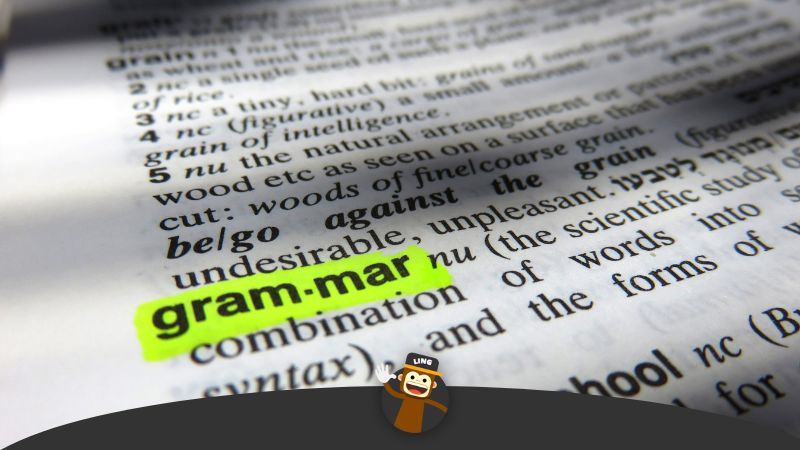The Malay language is an easy Austronesian language that uses the Latin script. Therefore it is highly convenient for English readers to learn the Malay language. In fact, the grammar is pretty straightforward too. If you are interested in immersing yourself in Malay grammar, there is no better place to start than here!
When I think of the Malay English accent – one word that frequently comes up is “la”! Malay people often end every phrase or sentence with the word “la”!
For example, no la; cannot la; that doesn’t make any sense la! There is often the expression “weih” at the end of every sentence. For example: What’s up, weih? I don’t know the way, weih, etc.
Adding these expressions into sentences is common in Indonesian and Malaysian languages.
How do these fit in Malay grammar, though?
Insights Into The Malay Language
Malay is the national language native to Brunei, Singapore, East Timor, and Malaysia. Malay grammar has been described to be relatively rigid and straightforward. Old Malay was more from Hinduism and Buddhism, with many loanwords from the Sanskrit language.
Modern Malay was later used as a lingua franca – a language that helped other language natives to speak together but modified their language. Hindu-Arabic numbers are used to write Malay. It is also written in Arabic, but the language now uses Latin as its main script for letters.
Long ago, the language was called Old Malay. Pre-modern Malay came around the 19th century, and Modern Malay followed in the 20th century. During the pre-modern time, the influence of Dutch and British colonists saw the need to create a language that would help their communication.
In addition, the need for language education at the university level increased.
Bahasa Indonesia: The Indonesian Language
Bahasa Indonesia is the official language of Indonesia and a version of the Malay language. Since Indonesia is one of the most populated countries in the world, this language, with its Malay version, is also one of the most common languages to be spoken worldwide.
All the more reason to learn Malay!
History informs that when Indonesia took their freedom from the Dutch, they claimed their version of Malay as their national language naming it Bahasa Indonesia.
Presently, the two working languages of Indonesia are Bahasa Indonesia and English.
Malay Grammar

As Malay is both in Malaysia and Indonesia, here is a bit about both grammar in general. The grammar has four parts: nouns, verbs, adjectives, and articles. Word structure or order includes words (of course!), Phrases, sentences, and clauses.
Nouns and verbs come from other base words, and prefixes or suffixes are added to make them. For genders, Malay grammar has none! The same is used for male and female and then another word for natural gender. That’s it! Convenient, right?
In many languages, the sentence structure typically has a subject verb object. This is the same rule in Malay grammar as well.
Malay pronouns are also interesting! Below is a brief list of personal pronouns:
- I = Saya
- You (singular/informal) = awak
- You (singular/formal) = anda
- He/she = dia
- You (plural) = kamu
- We = kami
- They = mereka
Malay tenses are simple to understand. For past tense, use the word “sudah,” for the present, “sedang” and “akan” for future tense along with the verb. For example:
- I = Saya; Go = peri
- Past tense = Saya sudah peri
- Present tense = Saya sedang peri
- Future tense = Saya akan peri
Quite understandable! Above, you find the English words for personal pronouns and the meaning or translation in Malay. Notice how the tenses change for each of them. The verbs remain the same.
Active And Passive Voice
Active and passive voice in Malay grammar can almost be swapped around when spoken to derive one or the other. Here is the structure followed by an example.
- Passive Voice: Object di + Verb Subject (OVS)
- Active Voice: Subject Verb Object (SVO)
Notice that the position of the subject and object have switched or interchanged. This would be the simplest way to understand active and passive voice in Malay. This is an example:
- Passive Voice: The fish was eaten by the cat – Ikan dimakan kucing
- Active Voice: The cat ate the fish – Kucing makan ikan
It will certainly take some practice, but this basic rule of thumb will be helpful.
What Are The Differences Between Indonesian And Malay Grammar?
The spoken Indonesian language and Malay language are almost the same. It may remind you of spoken Urdu and Hindi, which will sound alike if not studied closely.
For Indonesia, the main difference would be in spelling the words. Also, vocabulary is pronounced differently in the two countries even though they mean the same. Generally, the grammar of both languages is the same.
Learn Malay With Ling

Linguistics is indeed an exciting topic that can give you a chance to learn the details of other languages and their similarities. You will find you know a lot already and then learn new words, contexts, and grammar structures too!
Ling is the perfect companion that will help you study Malay in the most engaging and fun way. Ling provides free lessons with examples, sentences, new words, verbs, nouns, and so on. Students learn expressions with cultural context and even pronunciations.
Learning the Malay language with Ling will make your experience even easier and faster. Try out Ling today and start learning Malay!
Download the app from App Store or Google Play.




















